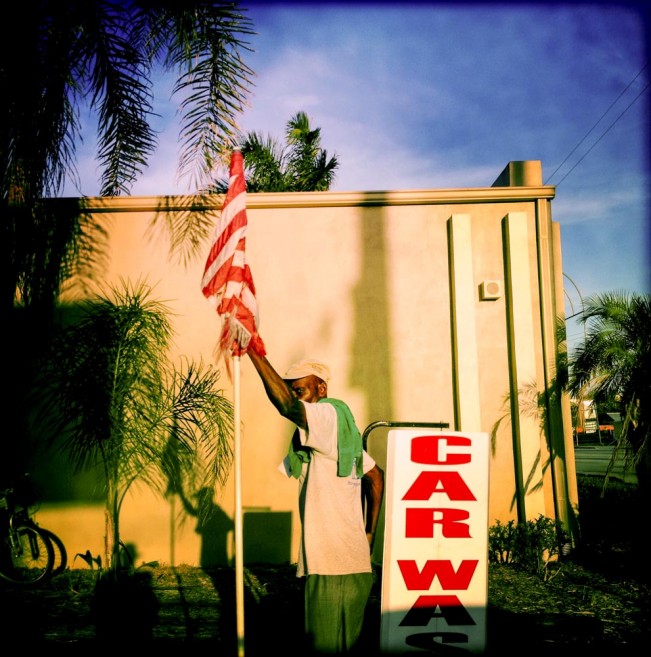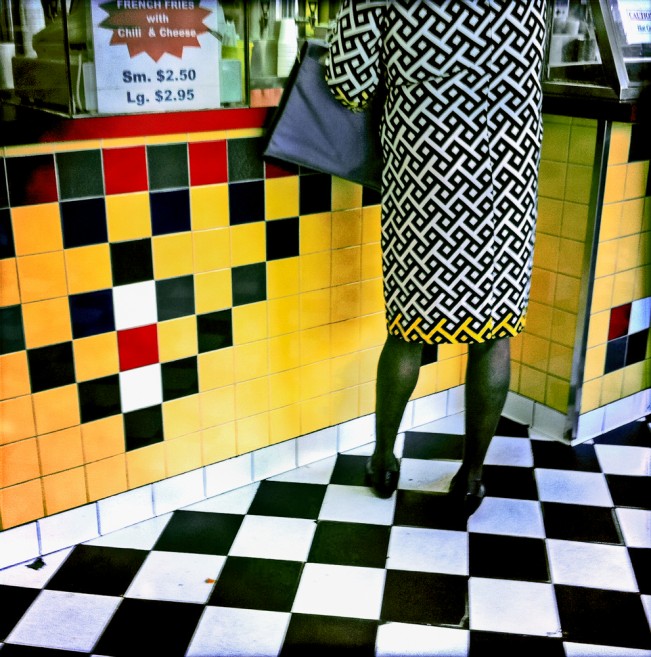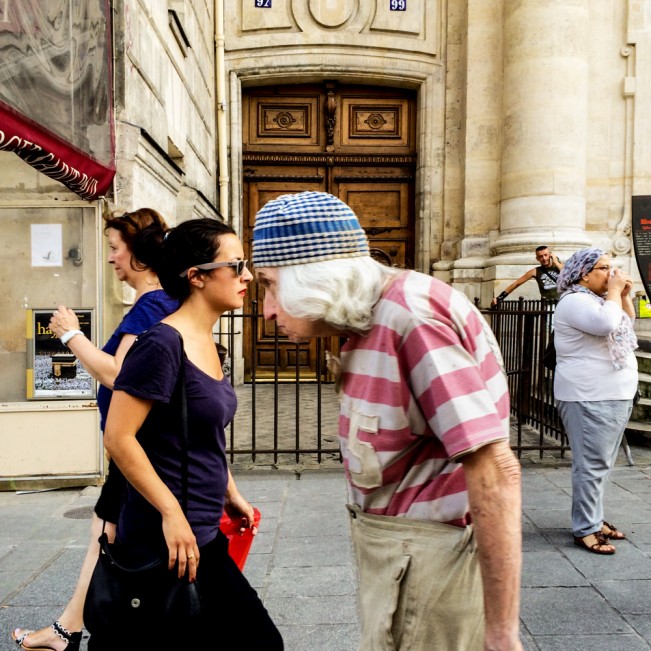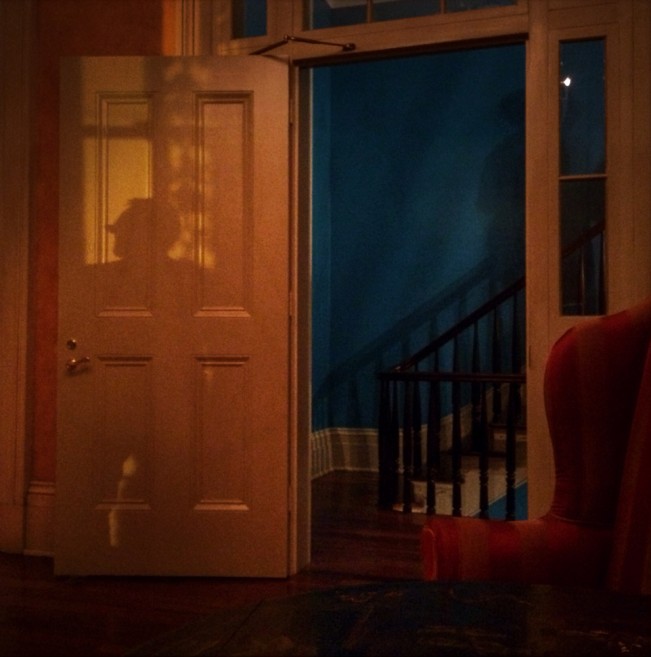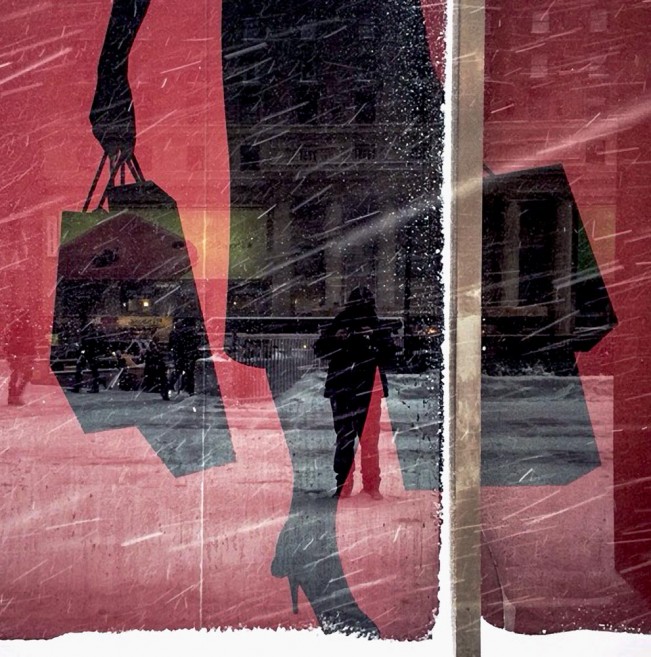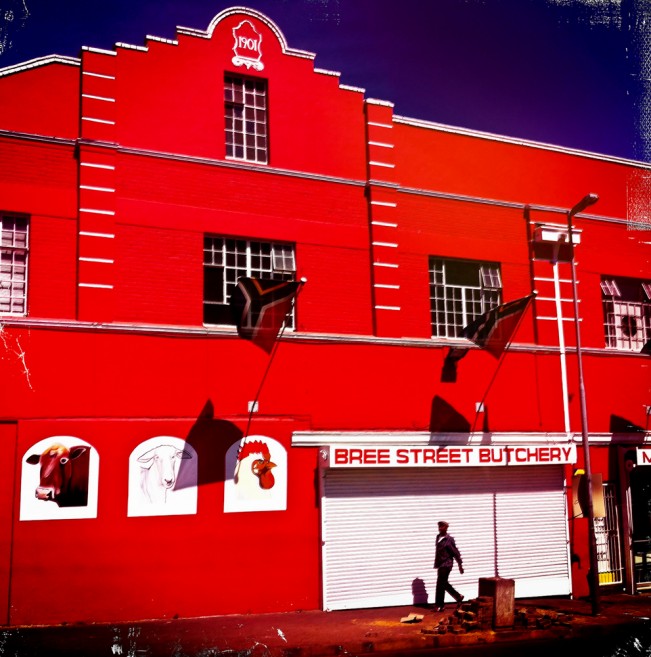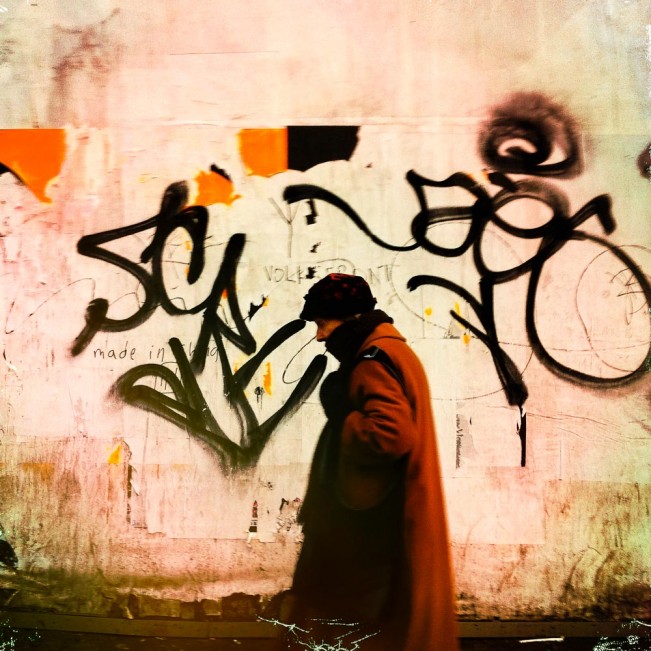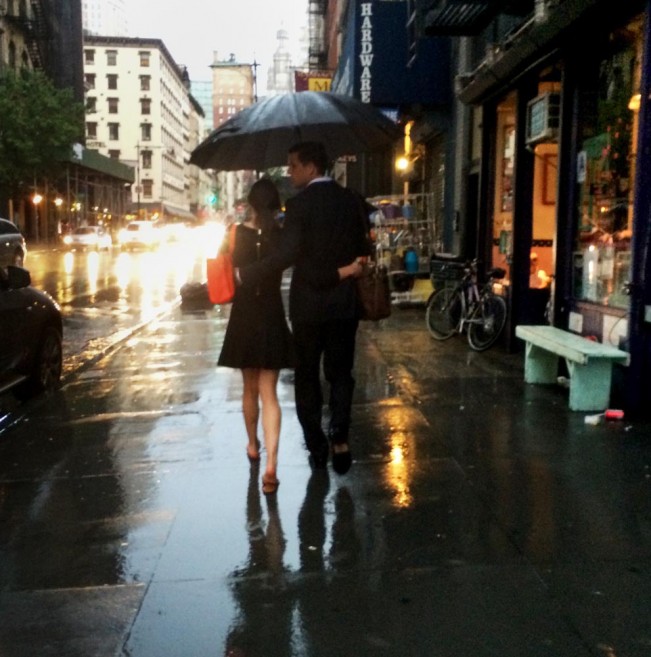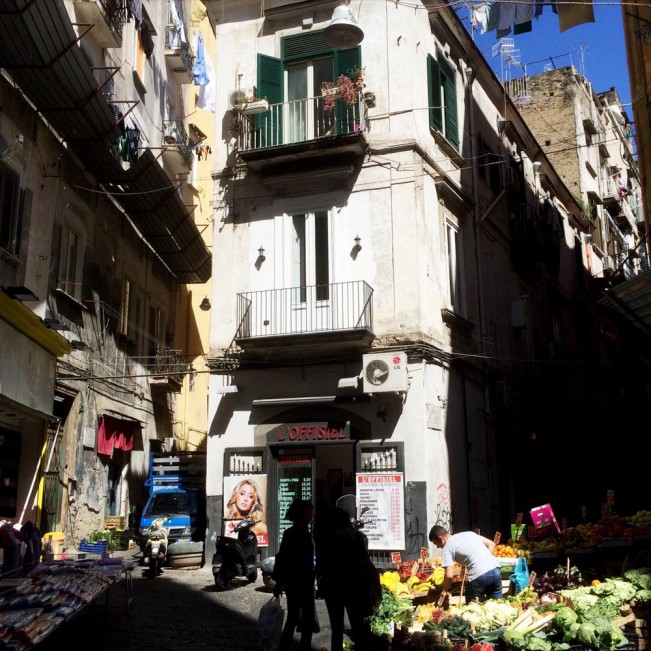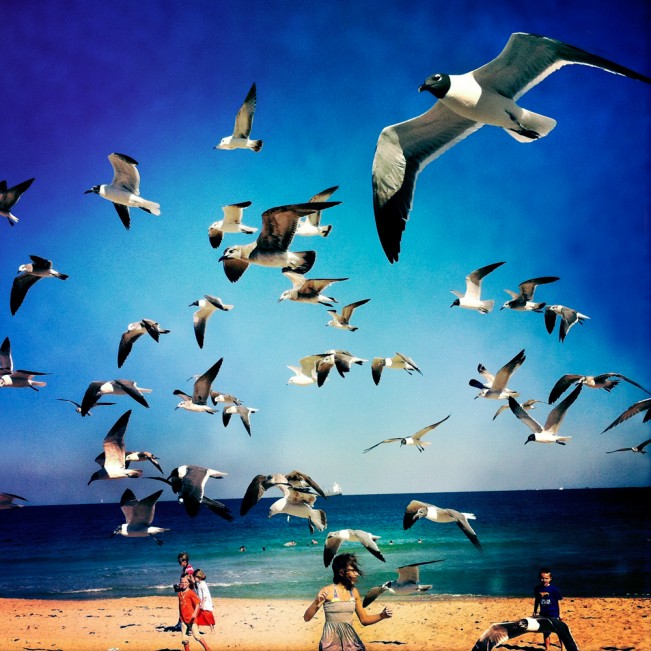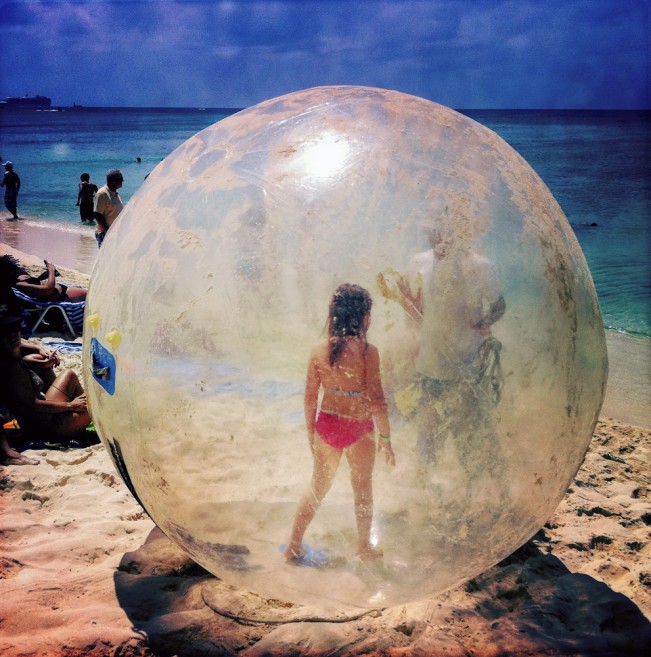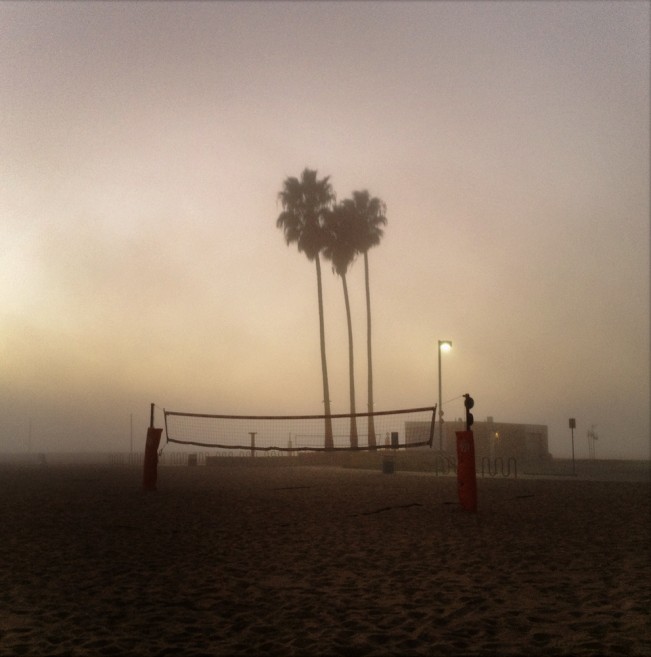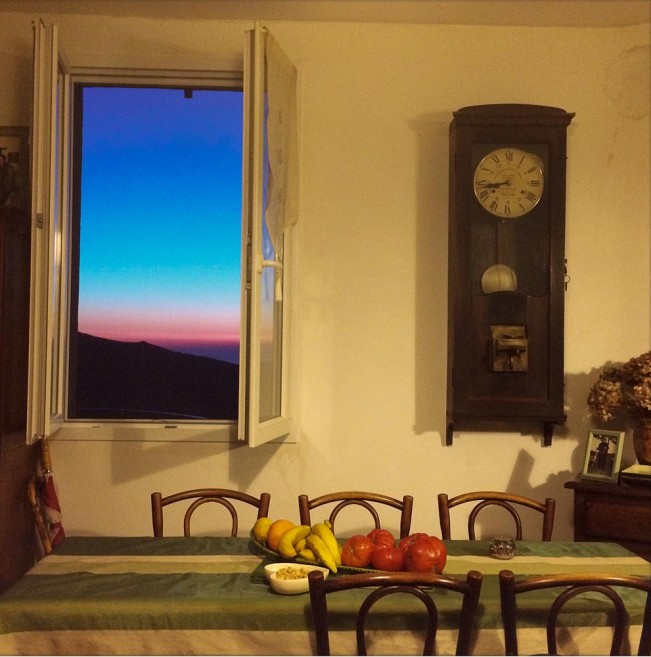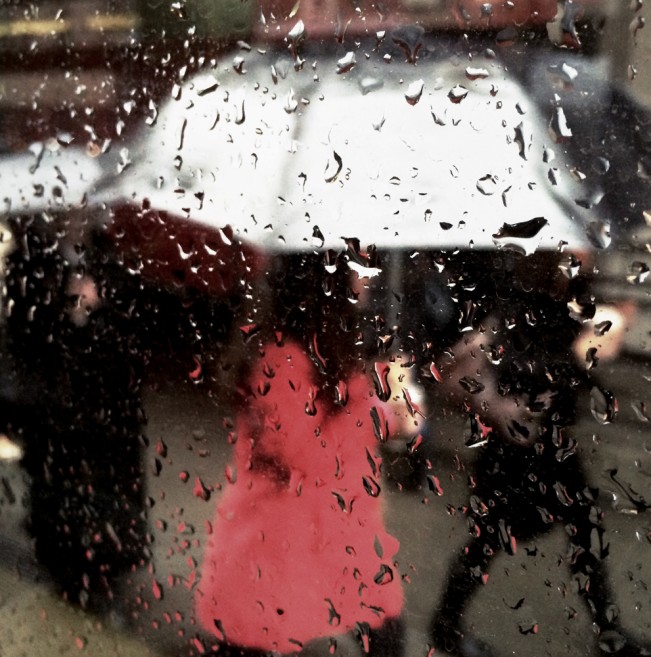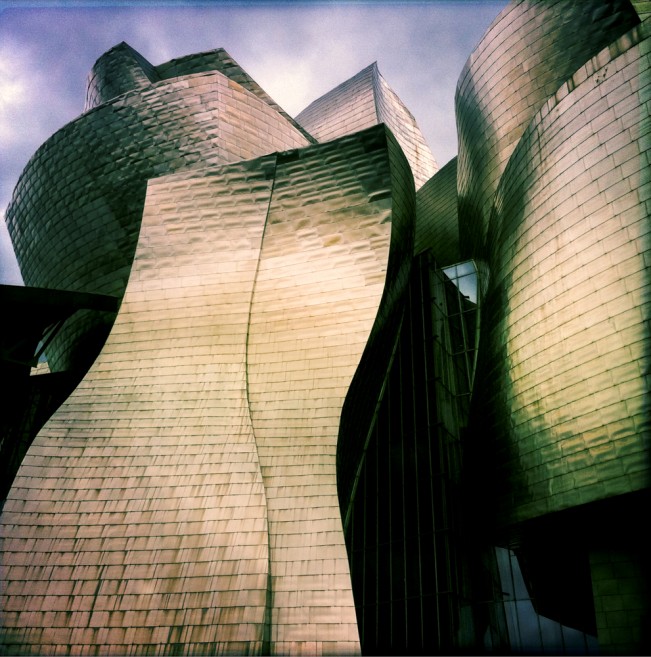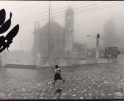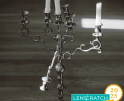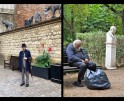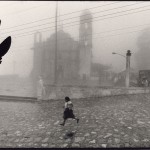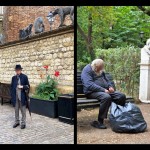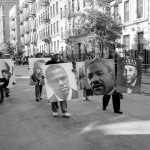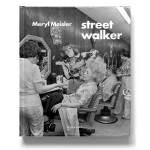Robert Herman: The Phone Book
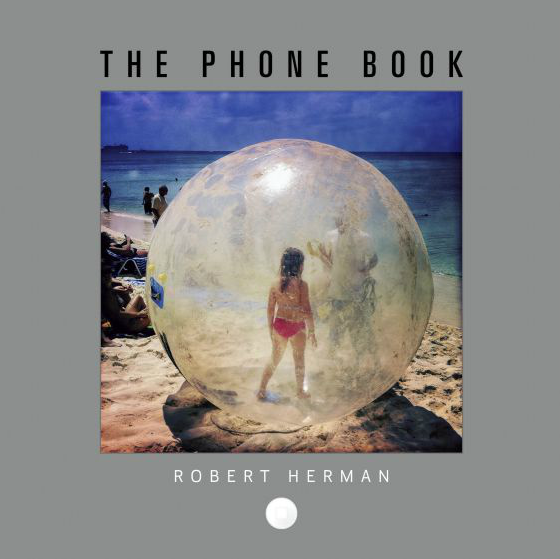 Robert Herman believes that it is the photographer, not the camera, that makes the photograph and with that in mind, he has just released one of the first photography books that features photographs taken entirely on an iPhone, with the Hipstamatic app. The Phone Book, published by Schiffer Books shares over 120 photographs taken on Robert’s international travels between 2010 and 2015. From Naples, to Bilbao, Johannesburg to New York City, Robert has created an iPhone map of the world. “The Phone Book is a thread to broadening one’s artistic sensibility, knowledge, visual literacy, and sense of connection with people and places throughout the world”. The book can also be ordered on Amazon and his site.
Robert Herman believes that it is the photographer, not the camera, that makes the photograph and with that in mind, he has just released one of the first photography books that features photographs taken entirely on an iPhone, with the Hipstamatic app. The Phone Book, published by Schiffer Books shares over 120 photographs taken on Robert’s international travels between 2010 and 2015. From Naples, to Bilbao, Johannesburg to New York City, Robert has created an iPhone map of the world. “The Phone Book is a thread to broadening one’s artistic sensibility, knowledge, visual literacy, and sense of connection with people and places throughout the world”. The book can also be ordered on Amazon and his site.
Robert Herman, (Brooklyn, NY, 1955), received a BFA in filmmaking from New York University and a masters from the School of Visual Arts. He has won a PX3 Prix de la Photographie People’s Choice Award, the Alitalia per L’arte Rome Prize, and was selected for Artist’s Wanted/Exposure Top Fifty. Herman’s work is held in major collections, including the George Eastman House, and the Telfair Museum in Savannah, GA. Internationally, his work has been exhibited at the Istanbul Photography Museum and the Museum of Modern Art in Cartagena, Colombia. His monograph The New Yorkers, a collection of photographs of New York City, shot between 1978-2005 on Kodachrome, was published to great critical acclaim and is now in its second printing.
Phone Book
I began making photographs with the iPhone in 2010 and started taking it seriously when I discovered the Hipstamatic App. Surprisingly, it was the limitations of the iPhone/Hipstamatic that made it a compelling choice: the square format, the fixed lens and the slow ISO. Unlike a DSLR that has a five-shot burst, it forced me to slow down. With no zoom and no telephoto at my disposal, I had to move. I felt closer to my previous analogue practice than I had in a long time.
Using the Hipstamatic App gave me a seemingly exponential number of lens/film pairings to choose from. After some experimenting, I found a lens/film combination that pleased me. I wanted to echo my previous street work with Kodachrome and Tri- X. Using a clean “lens” and a “film” combination added warm saturated colors to the image. For black and white, I used the same clean “lens” with a high contrast, grainy “film”. Most of the photographs in this book were made with these same lens/film combinations. Working this way, I hoped to create a consistent body of work.
Although I’ve moved from shooting film to the DSLR and then to the iPhone, my method has remained consistent throughout my thirty-five-year practice of street photography. I am drawn to the spontaneous, unforced event. I see myself as a vessel, witnessing and recording a moment in time and space. I respond to the visual stimuli before me, making decisions based on instinct and experience. In the past, there was always a part of me that found it slightly inauthentic and artificial to go out with a camera and look for pictures. The iPhone allows me to put aside this artificiality and shoot whenever and wherever I am. It is a joy to always have a camera with me when the muse strikes.
Posts on Lenscratch may not be reproduced without the permission of the Lenscratch staff and the photographer.
Recommended
-
Suzanne Theodora White in Conversation with Frazier KingSeptember 10th, 2025
-
Jake Corcoran in Conversation With Douglas BreaultAugust 10th, 2025
-
Student Prize 2025: Top 25 to WatchJuly 20th, 2025
-
MOPD Reviews: Paul Stein: Nothing Is RevealedJuly 2nd, 2025
-
Jordan Gale: Long Distance DrunkFebruary 13th, 2025

